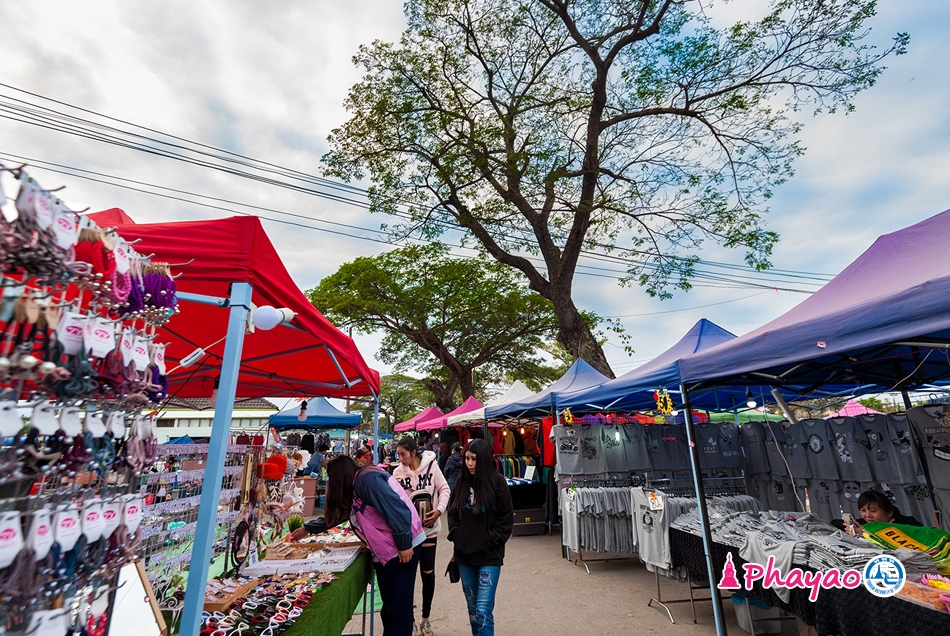
Phayao was once an independent kingdom nearly 1000 years ago. Phayao is a calm but charming province with the beautiful historical sites, temples and Thai Lue ethnic group’s tradition.
Cr.Tourism Authority of Thailand
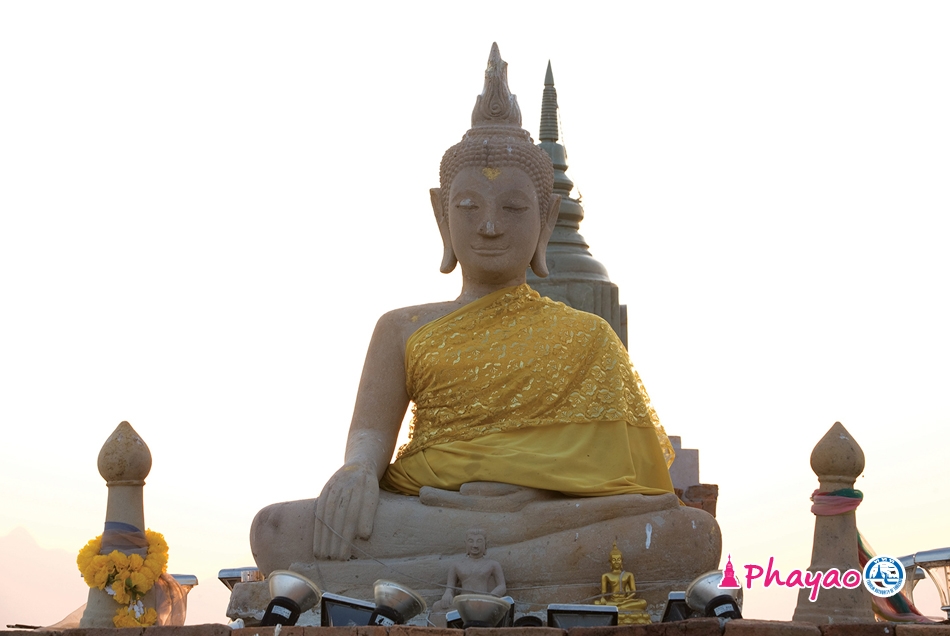
One piece of evidence supporting the idea that there has been long-standing settlement in the neighborhood of Phayao Lake is this historical site built over 500 years ago. The inscriptions on the stele excavated at Wat Tilok Aram show that the 15th century temple was built by Phraya Yutthitthira, then Phayao Governor, between 2019 and 2029 B.E. at the order of King Tilokaraj of Lanna Kingdom. It is highly likely that, soon after the temple was completed, a community formed. Then in 2482 B.E. (1939 A.D.), the Department of Fisheries built floodgates to save water, and Phayao Lake formed. However, this flooded many temples, including Wat Tilok Aram, which has been underwater for 68 years. The Phayao Municipality restored and enshrined a Buddha image called Sila at its original site in the middle of Phayao Lake so that the locals and tourists could pay respect to it. Visitors to the area are also able to enjoy the beautiful scenery. On Buddhist holidays: Makha Bucha, Visakha Bucha, and Asanha Bucha; tourists can see the candle procession around the chedi of Wat Tilok Aram in the middle of Phayao Lake--the world’s only candle procession in the middle of water.
For more information: Tel. 089 433 7311
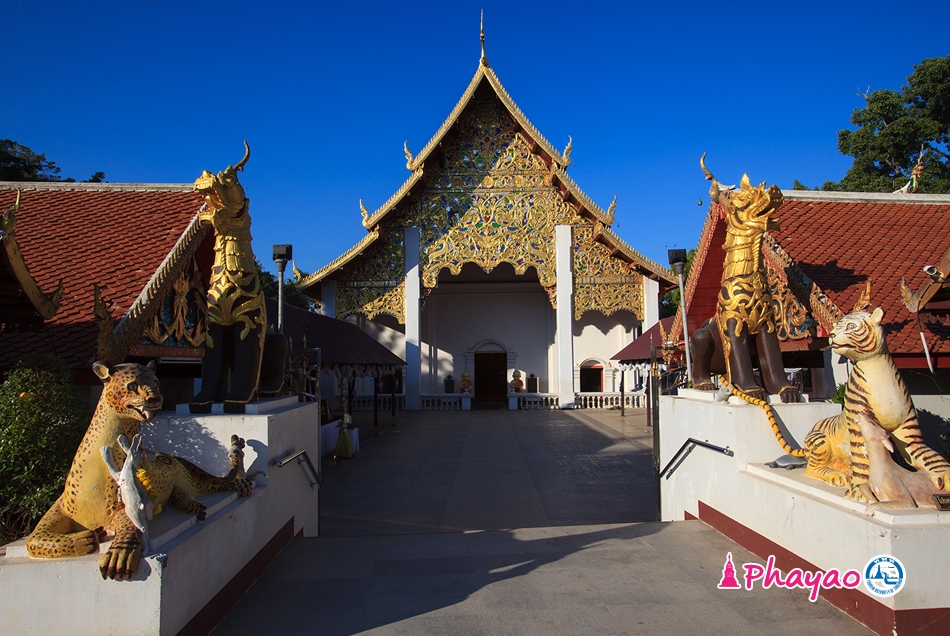
Wat Si Khom Kham, known also as Wat Phrachao Ton Luang or Wat Thung Eiang, is located by the shore of Phayao Lake. It has long been the most prominent temple of Phayao. The temple enshrines Phrachao Ton Luang, the largest and oldest Buddha image of Lanna. There is a record of Lord Buddha having visited this neighborhood, which is called Nong Eiang. It is surmised that Wat Si Khom Kham was built around 2067 B.E. (1524 A.D.) after Phrachao Ton Luang, a 14x16-meter bronze Buddha image in the attitude of subduing mara, was built in around 2034 B.E. when Phraya Muang Yi was the Phayao governor. The Buddha image is highly revered by Phayao people, and a big event for Phrachao Ton Luang is held annually in the sixth lunar month.
For more information: Tel. 054 411 062-3
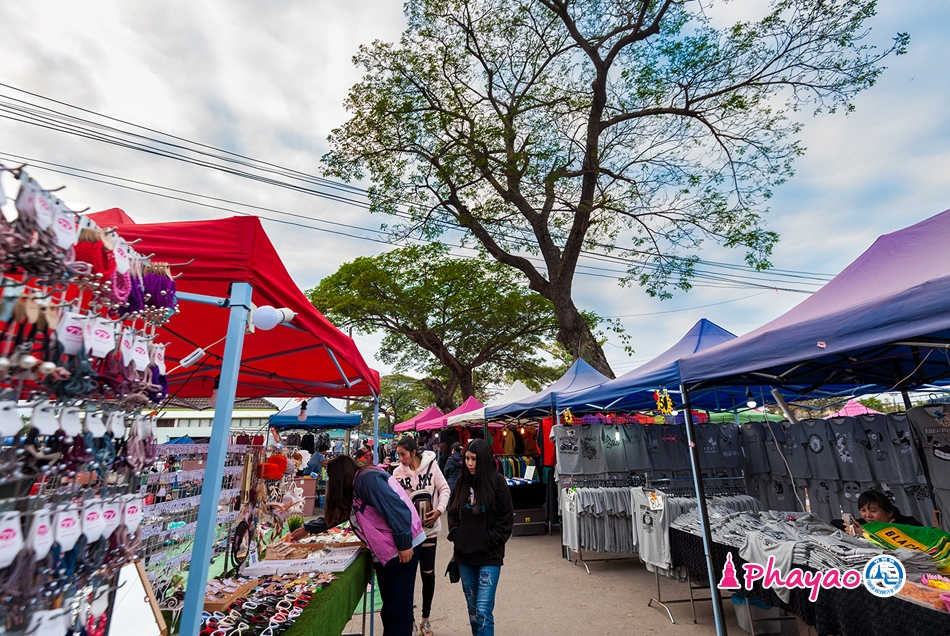
This walking street is a favorite place for those who love shopping. A variety of Phayao souvenirs such as pork rinds, nam phrik noom, and nam phrik aung can be bought here. Visitors can also get souvenirs at a reasonable price. Phayao Walking Street is opened along Phayao Lake waterfront on Fridays, Saturdays and Sundays -- for the rest of the week, the Walking Street is located adjacent to the city pillar shrine.
For more information: Tel. 054 431 350
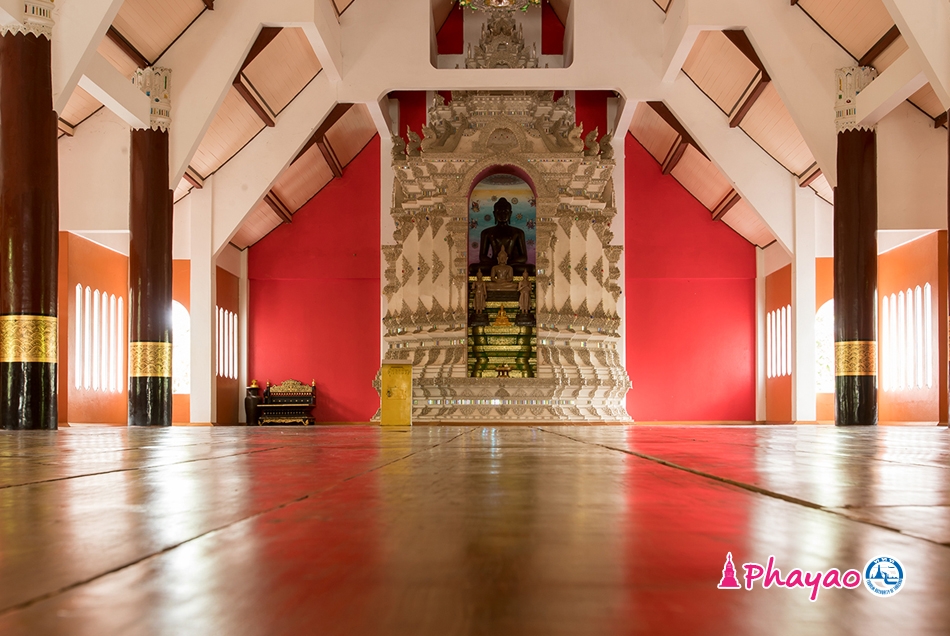
While Phra Kru Phaiboon Sumankhalo was staying at Wat Rattanawanaram, he had a vision that golden sand was pouring down on the temple. The streaks of the golden sand were like glittering water covering the whole temple until it became a golden temple. Following the golden streaks, he saw a mountain on the other side of Phayao Lake where people often saw round lights floating around above the hills. Sometimes, and most notably on important Buddhist holy days such as the eighth or fifteenth lunar days, the yellow lights were so bright that they lit up the mountains as if they were golden. After the vision, Phra Kru Phaiboon’s followers invited him to build the monastery there.
For more information: Tel. 081 602 8181
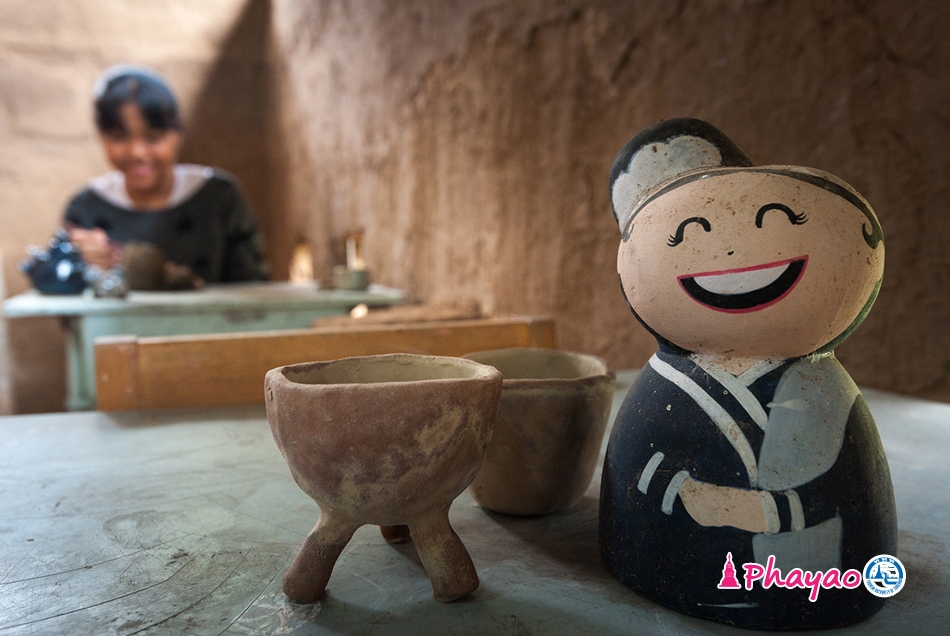
Many people dream of owning a mud house as this kind of house is cool in summer and warm in winter. Mud houses are inexpensive and fit with a sustainable way of life. Koom Poo Jue Mud House was established by a married couple: Teacher Jui Chonlada and Teacher Cho Sakchai Waeyeu. They wanted to live a sustainable life, so they started to do research on mud houses. Eventually, they realized that building a “mud house” meant that, not only did they own a “new house”, but they also became “new persons” when the house was completed.
Aside from being home to both teachers, Koom Poo Jue Mud House is a community learning center on mud house construction, sustainable agriculture, and art for visitors. Reflecting on the difficulty they had in researching how to build the mud house, and because of the kindness of the teachers’ hearts, they are willing to teach the skill to visitors for free.
If you are interested in mud house construction as well as the sustainable way of life, you can follow their facebook page: บ้านดินคำปู้จู้ live & learn mud house
For more information: Tel. 084 614 4222